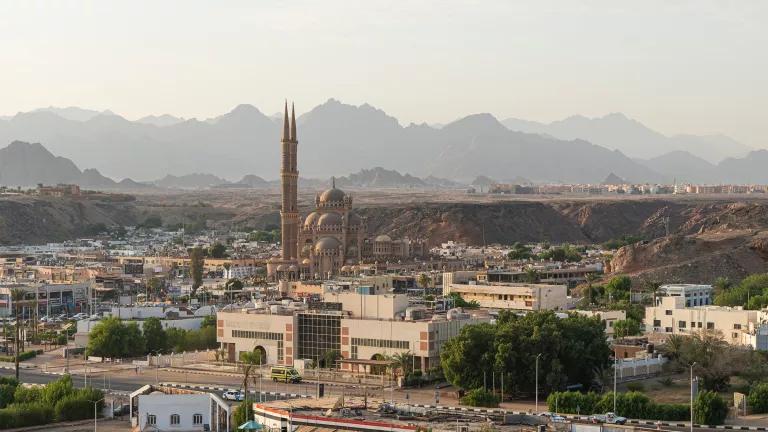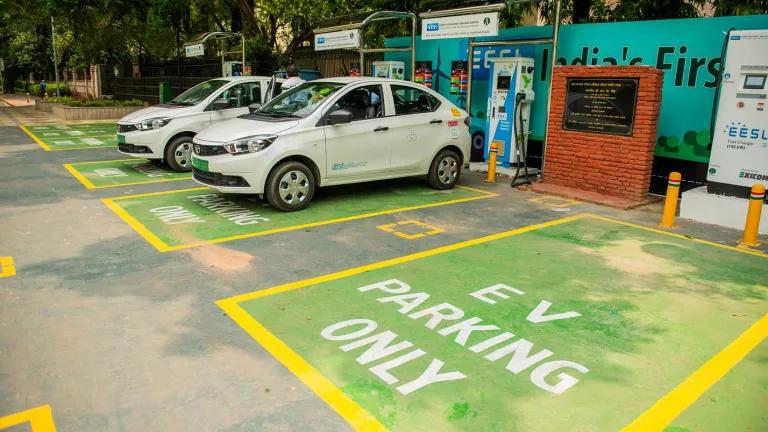Reducing Stress on India's Energy Grid
The Power Sector Benefits of Transitioning to Lower Global Warming Potential and Energy Efficient Refrigerants in Room Air Conditioners
With India's already high ambient temperatures, rising middle class and fast-growing economic needs, air conditioning use is increasing rapidly. In fact, it is projected to grow five-fold from 2005 to 2030, resulting in increased demand on India's power grid. India's air conditioning market is in need of, and primed to adopt alternative refrigerants that reduce stress on the energy grid, operate more efficiently, open up new export markets and combat climate change.
Using alternative AC refrigerants is the low hanging fruit to combat climate change. The default refrigerant, technology used by most Indian manufacturers today, is HFC-410A that has a global warming potential (GWP) of 2,088. HFCs have the potential to raise the global temperature by 0.5°C all by themselves by 2100.
Alternative energy efficient technology is available for room air conditioners. Switching to RAC refrigerants with lower GWP than the business-as-usual technologies commonly used in today's market could result in a 15 percent energy savings for India's stressed power grid. This new report discusses the use of these commercially-viable alternative refrigerants and what it can mean for achieving India's national energy and climate goals, alleviating the burdened energy grid, and providing a growing export market for domestic manufacturers.


